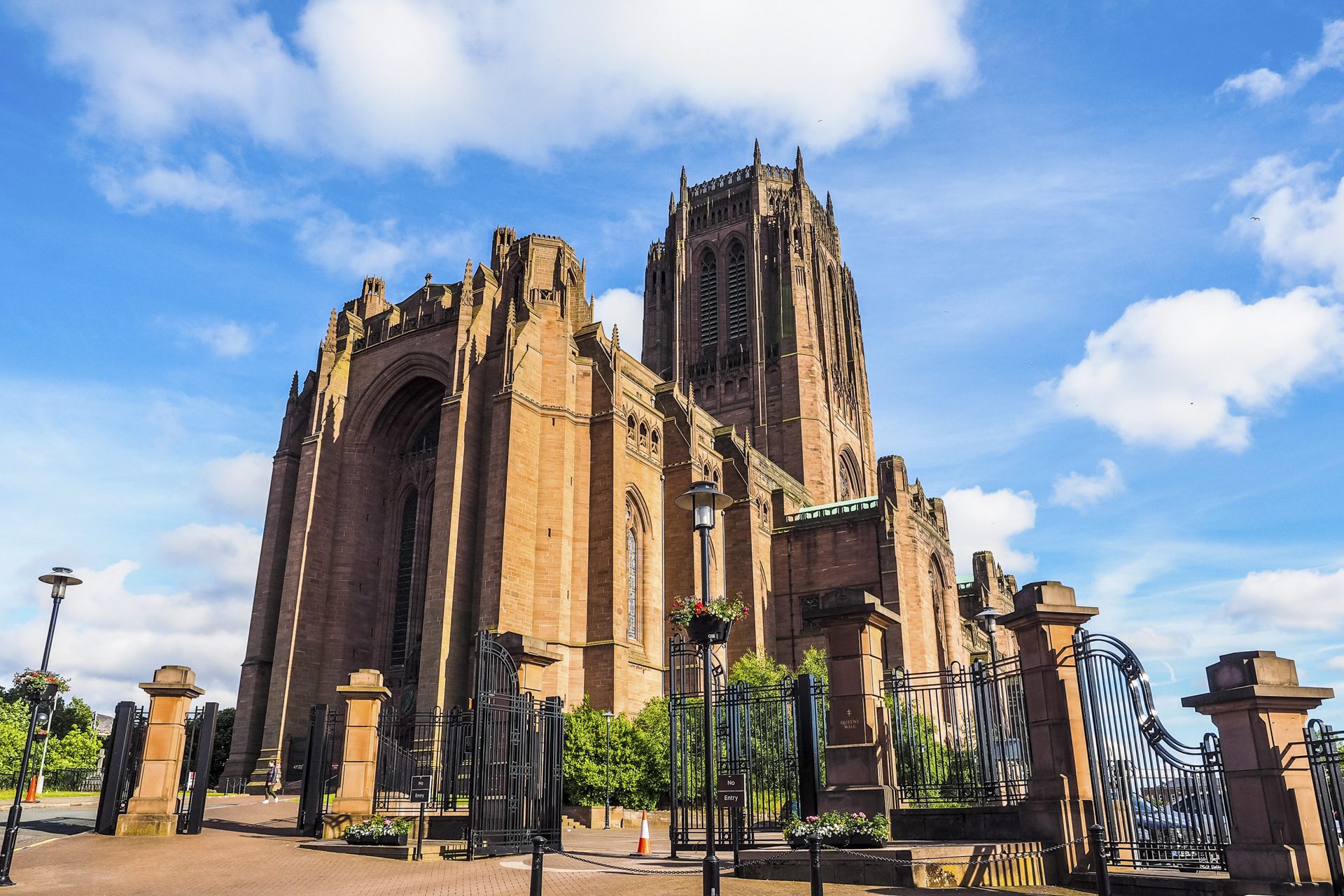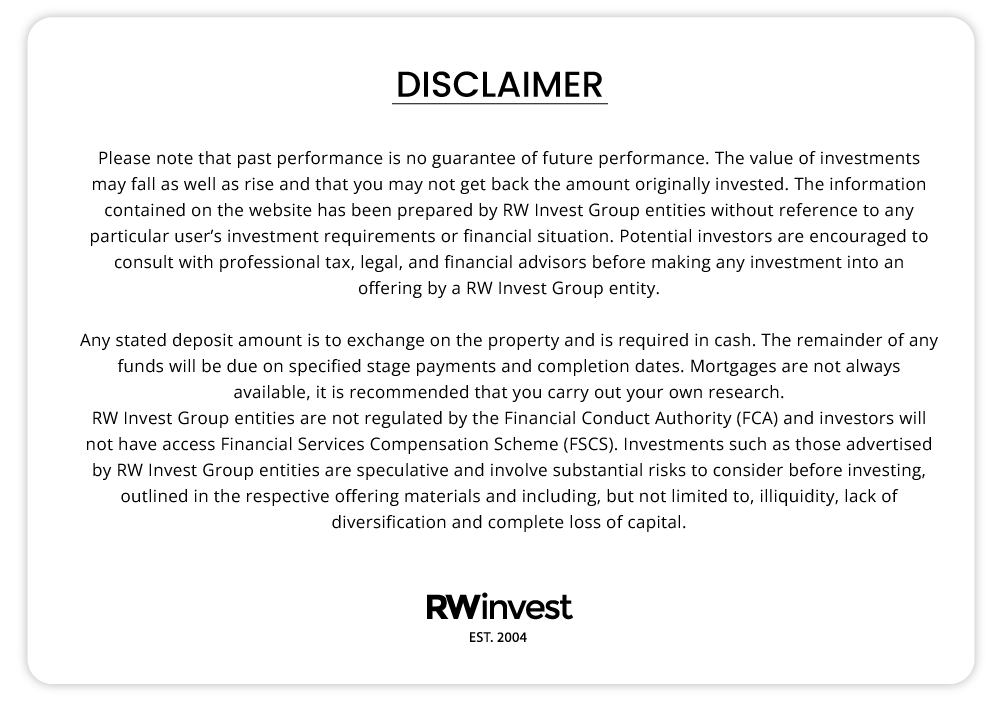Everton Bramley Moore Liverpool Growth
Liverpool is all about regeneration and resurgence. The North West city, part of the lucrative Northern Powerhouse project, has been the recipient of an enviable economic boom over the last decade that shows no signs of abating. The Liverpool regeneration dream is one of the biggest undertakings in UK history.
The Bramley-Moore Dock build will bring a projected £1bn boost to the local economy as well as an estimated 15,000 jobs in its wake. As part of the Liverpool Waters master plan, its effect on the Liverpool regeneration project will bring multiple benefits to the city and region.
With an estimated capacity of 52-55,000, the construction of Everton FC’s new stadium is due to be completed by the end of 2023, opening its doors for the 2024–25 season. The club has signed a 200-year lease with Peel Land & Property, which owns the site.
But what benefits will Everton’s new stadium plans bring to Liverpool growth and regeneration?


High Yield Postcodes
Bramley-Moore Dock has been in dire need of regeneration for three decades. Although the dock has remained open in a commercial capacity, its largest export, coal, stopped leaving the dock in 1988. The once prestigious Grade II listed site was at one time the dust-covered lungs of the city’s coal industry.
The location of the new Everton stadium couldn’t be better for the development. It will undoubtedly offer fantastic opportunities for potential property investors keen to jump on the Liverpool regeneration bandwagon.
Situated in the L3 postcode, Bramley-Moore Dock is nestled between three postcodes that form part of the ten most high-yielding property areas in the UK. The Bramley-Moore Dock development will be situated to the north of the city centre’s L1 postcode and west of the residential and suburban L6 and L7 postcodes. Those seeking high-yield property investment opportunities in the area will be encouraged by prevailing trends that form the backbone of the much-vaunted Liverpool regeneration that has taken place in the last decade.
These neighbouring postcodes have seen high yields and returns at prices lower than the national average. L1 offers yields of 9.36% with average property prices of £122,152. Faring even better are L6 and L7, granted buy-to-let property investors yields of 11.52% and 11.79%, respectively. For much less outlay than expected in London, Edinburgh, even Preston and Blackpool, investors would do well to expect similar returns from a revitalised Bramley-Moore Dock and the wealth of Liverpool regeneration investment opportunities that would spring up in its wake.




